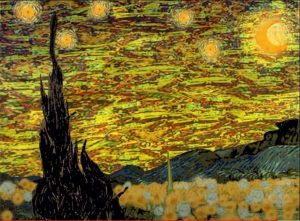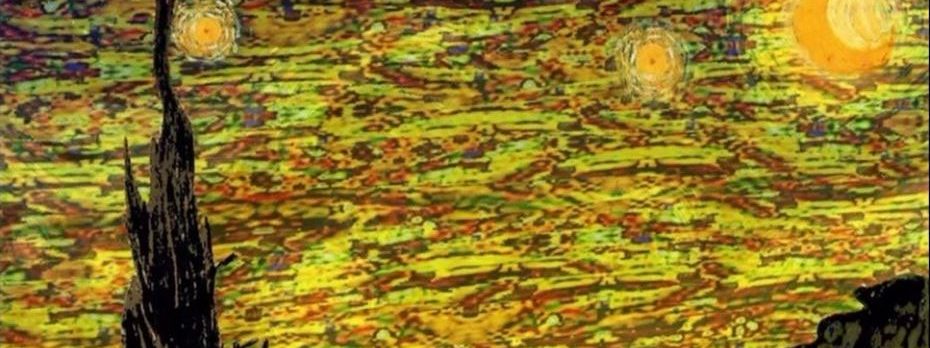Darkness is among the many things we have lost gradually, without mourning.
Paul Bogard offers a brilliantly illuminating history and a badly needed reminder that we have been blind to the death of night.
I love the stars; watching the sky is a magical experience.
Yet in our artificially lit world, the statistics are that three-quarters of Americans’ eyes never switch to night vision and most of us no longer experience true darkness.
Is it the end of night?
Paul Bogard tells us why we need darkness in this TEDx talk.
He says that artificial light at night:
- disrupts circadian rhythms – those night-day cycles
- disrupts sleep, which is related to diabetes, depression
- impedes melatonin, giving an increased risk of breast and prostate cancer
This affects not only humans, all creatures that need darkness at night. In fact, 60% of invertebrates – like bugs – are nocturnal. 50% of vertebrates are nocturnal, like skunks, wolves, foxes, and so on. Many other animals are active a dawn and dusk, which is also disrupted by night light.
- In fact, baby sea turtle hatchlings are wired to go towards the brightest light in the night, which is the moon over the sea. However, now they are being rerouted to the lights of hotels and dwellings and dying.
- Migrating birds drawn off course by bright lights. They can get trapped in cities, fly into windows, and die.
- Insects drawn to lights, so instead of pollinating the world, and being eaten as part of ecosystem, they die, impacting whole ecosystem.
 We humans need darkness for our soul and to ponder our place in the Universe. We need it for creative expression. Darkness is part of the cycle of life where we feel lost, then are able to go deep and find a new way.
We humans need darkness for our soul and to ponder our place in the Universe. We need it for creative expression. Darkness is part of the cycle of life where we feel lost, then are able to go deep and find a new way.
Paul declares that humans are afraid of the dark. Yes, some light is good. But we tend to extend it to the fallacy that if some is good, more light is better. It is not. It is harming us.
The featured image is of Van Gogh’s painting Starry Night re-interpreted to today’s levels of light at that location. It isn’t the same, is it?





